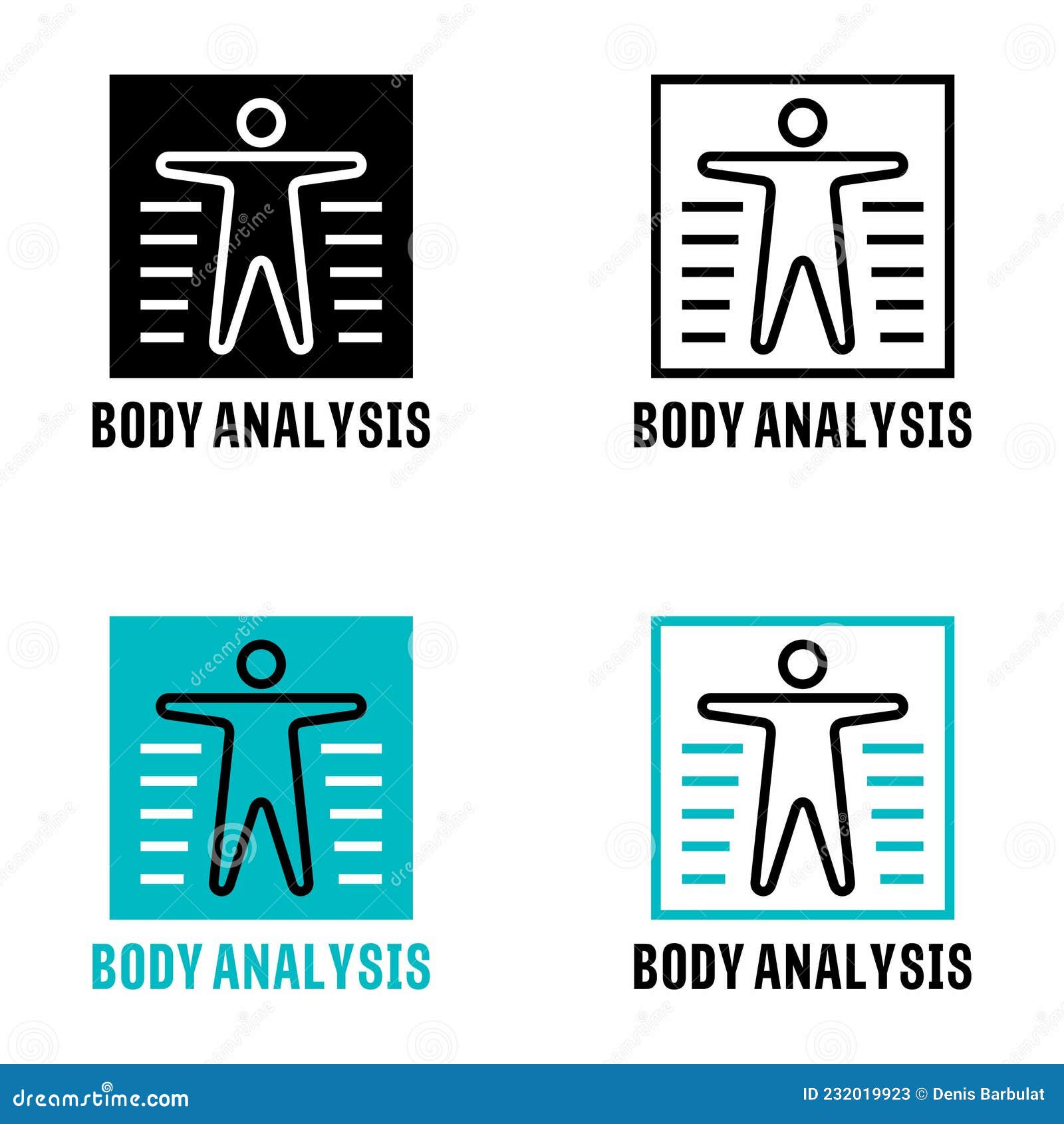Insights Into Body Reading with Practical Tips
Insights Into Body Reading with Practical Tips
Blog Article
Have you ever asked yourself what your posture reveal about your emotions? Body analysis seeks to explain how our physical traits and gestures indicate deeper psychological patterns.
In this guide, we’ll explore main ideas of body reading, covering practical examples. We’ll explain how character traits body analysis can be used in coaching, helping you spot hidden emotions.
Let’s dive into the art of character traits analysis, starting with why so many professionals use it.
Why Learn Behavioral Body Analysis
Body analysis gives you an extra layer of understanding, helping in professional settings.
Even HR managers and recruiters can use body analysis in interviews, gaining deeper insights into candidate personalities.
Learning body analysis also enhances empathy. By noticing subtle cues, you become more attuned to others’ needs and emotions.

Methods of Behavioral Body Analysis
Some practitioners focus on posture, reading how the body carries itself to uncover emotional states or stress responses.
Behavioral body analysis also includes microexpressions, which can reveal momentary emotions even when someone tries to hide their feelings.
While these methods differ in focus, they all share a common goal: to understand the link between posture and psychology.

How to Apply Body Analysis
Look for patterns: does a person consistently cross their arms? Do they lean away when asked certain questions?
Therapists use posture and body language to assess emotional openness.
This skill deepens empathy because it encourages listening beyond words.
Misconceptions in Body Analysis
For example, crossed arms might signal defensiveness, but could also mean someone is simply cold or tired.
People are shaped by culture, upbringing, and experiences that go beyond physical form.
A third misunderstanding is that body analysis is only useful for professionals like psychologists or detectives. In truth, these skills benefit anyone seeking better communication and awareness.
The Body Explains: A Modern Approach
The “body analysis explains” approach gained popularity by connecting characteristics with emotional responses. This method teaches that the body reflects inner experiences.
This approach isn’t about fixed rules but about noticing patterns and opening dialogue around them.
This integrative method links personal growth, offering a holistic view of human development.
Respectful Practice of Behavioral Body Analysis
It’s important to approach body reading as a tool for empathy and understanding, not as a weapon for persuasion or power.
Another ethical guideline is to contextualize observations. A behavior or posture in one culture may mean something very different elsewhere.
Ethics in behavioral body analysis means creating a safe, respectful environment where observation fosters growth, not shame.
Developing Body Reading Skills
Keep a journal to record patterns you observe, linking them to possible emotions or attitudes.
Practicing with peers or mentors can offer feedback to avoid overinterpretation or assumption.
The goal isn’t to “catch” people hiding things but to understand human behavior more deeply.

Should You Explore Behavioral Body Analysis?
Whether you’re a coach, learning to read the body opens new dimensions of communication.
We’ve explored applications of behavioral body reading, from the body explains model.
Let the process inspire curiosity, empathy, and openness as you unlock the silent language of the human body.
Common Questions About Body Reading
How do you define body analysis?
In simple terms, it’s about reading the body to understand the person more deeply.
Do you need special skills to practice body analysis?
Yes, anyone can learn body reading with practice and guidance.
Is body analysis 100% accurate?
It provides clues and patterns but must be contextualized and combined with dialogue.
Can body reading help in business?
Many industries benefit from understanding nonverbal cues for better collaboration and empathy.
How is body analysis different from reading body language?
Body analysis often includes interpreting physical structure, traits, and muscular development, while body language reading focuses more on gestures and movements.
O que significa quando uma pessoa olha para baixo? Como funciona a psicologia corporal? Report this page